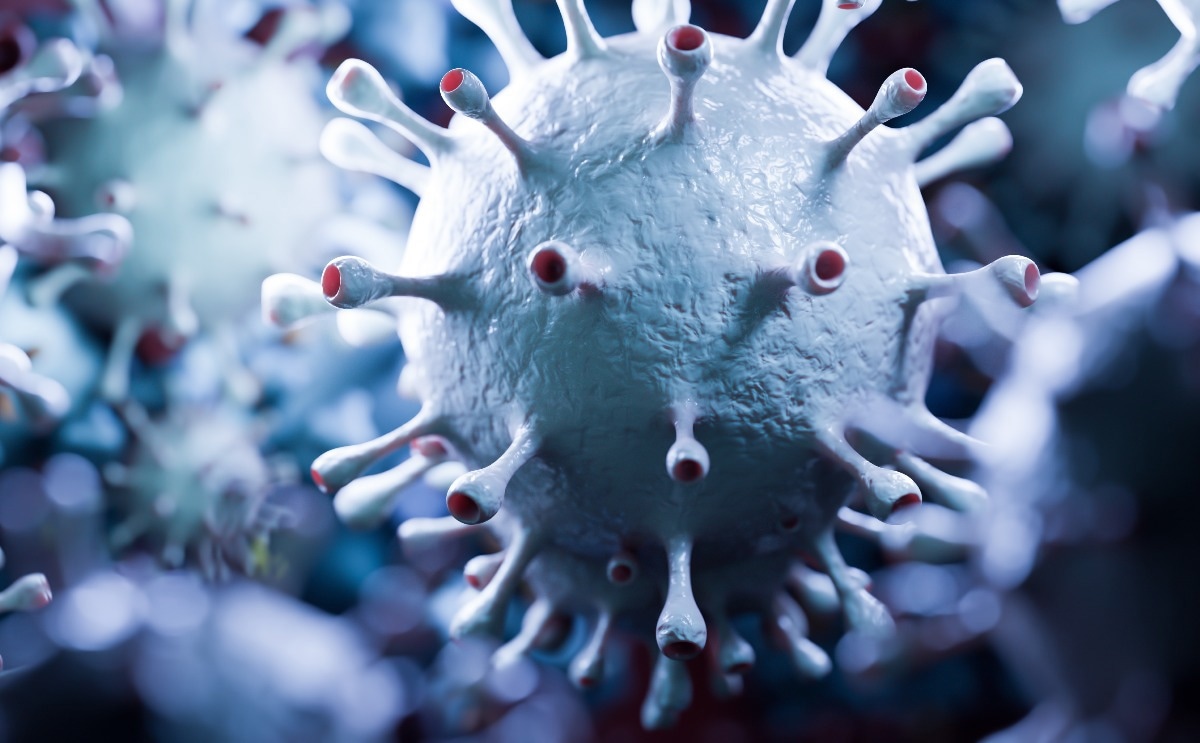A recent study published in PLOS Pathogens characterized and tested the antibody activity of severe acute respiratory syndrome coronavirus 2 (SARS-CoV-2)-specific immunoglobulin Y (IgY) derived from the eggs laid by chickens immunized with recombinant SARS-CoV-2 receptor binding domain (RBD) protein.
 Study: SARS-CoV-2-specific immunoglobulin Y antibodies are protective in infected mice. Image Credit: PHOTOCREO Michal Bednarek/Shutterstock
Study: SARS-CoV-2-specific immunoglobulin Y antibodies are protective in infected mice. Image Credit: PHOTOCREO Michal Bednarek/Shutterstock
Background
Passive immunization, where an individual receives antibodies against specific antigens instead of their immune system generating antibodies against the pathogen, is an effective method to immunize immunocompromised individuals and to provide temporary immunity while robust vaccinations are being developed. Immunoglobulin Y (IgY) antibodies are considered a safe alternative as they do not bind to Fc receptors on immune cells or cause adverse reactions.
The egg yolk of oviparous animals is rich in IgY, and specific IgYs can be generated and accumulated in the egg yolks by inoculating chickens with disease-specific antigens. Studies have shown that such IgYs are safe therapeutic agents, and the United States Food and Drug Administration has considered IgYs safe for consumption. Infections such as pulmonary Pseudomonas aeruginosa have been treated with oral IgY for years with no detrimental effects.
Egg yolk-derived IgYs can provide a safe and cost-effective method to confer transient immunity against SARS-CoV-2 and all its variants and could be an efficient tool during recurrent outbreaks of coronavirus disease 2019 (COVID-19).
About the study
In the present study, the researchers immunized 25 weeks old Lohmann hens with 200 µg of SARS-CoV-2 RBD protein emulsified with equal quantities of an adjuvant, followed by similar booster shots. The control group consisting of the same type of hens was immunized with only the adjuvant. The eggs were collected 1 week before immunization and until 12 weeks after immunization.
The polyethylene glycol 8000 precipitation method was used to isolate IgY from egg yolks each week. Sodium dodecyl-sulfate polyacrylamide gel electrophoresis (SDS-PAGE) was employed to ascertain the purity and molecular weight of extracted IgY. Additionally, a Western blot assay was performed to determine the specificity of the IgY antibody to the SARS-CoV-2 RBD protein.
The neutralization activity of anti-SARS-CoV-2 RBD IgYs was tested on live viruses in a biosafety level 3 facility using plaque reduction neutralization assays. The prophylactic efficacy of these antibodies was investigated in mice models. Since mice are resistant to SARS-CoV-2, they were infected with mice-adapted SARS2-N501YMA30 or made susceptible to SARS-CoV-2 by the exogenic insertion of human angiotensin-converting enzyme 2 (hACE2) receptors using replication-deficient adenovirus (Ad5).
Viral titers were determined using SARS-CoV-2 plaque assay and histopathology of lungs harvested from mice sacrificed at specific time points post-infection.
Results
The results showed that hens inoculated with SARS-CoV-2 RBD protein generated high titers of anti-SARS-CoV-2 RBD IgYs three weeks after immunization, which were maintained at the same level for up to 12 weeks. The Western blot assay using these IgYs revealed immune activity against the SARS-CoV-2 RBD protein. Additionally, the plaque reduction neutralization assay with live viruses confirmed that anti-SARS-CoV-2 RBD IgYs were able to inhibit viral replication.
The mice models infected with SARS2-N501YMA30 or Ad5-hACE2-assisted SARS-CoV-2 showed signs of infection such as weight loss, alveolar edema, and high viral replication titers in the lungs. The intranasal administration of prophylactic anti-SARS-CoV-2 RBD IgYs resulted in a marked reduction of symptoms and viral load, with nearly complete survival and recovery of body weight. Furthermore, a significant reduction in lung tissue inflammation was also noticed during the histopathology assessments.
Based on other studies, the authors believe that intranasally administered IgYs may express anti-viral activity by either binding to the SARS-CoV-2 spike protein and preventing it from binding to the ACE2 receptors or causing mucosal surface agglutination of SARS-CoV-2 and obstructing its entry into the mucosal membrane.
The administration of SARS-CoV-2 RBD-specific IgYs was significantly more effective in increasing survival and reducing morbidity and inflammation compared to the non-specific IgYs generated in the control group.
Conclusion
To conclude, the study presents a safe, relatively fast, and cost-effective method to produce disease-specific IgYs in the egg yolks of immunized chickens. Passive immunoprophylaxis of mice models with these IgYs was shown to be effective in reducing disease morbidity and increasing survival.
With emergent SARS-CoV-2 variants exhibiting immune evasion against vaccine- and infection-induced antibodies, the production of SARS-CoV-2-specific IgYs in egg yolks could provide a fast and effective stop-gap method to contain the severe symptoms of the disease until improved vaccines and monoclonal antibodies are generated.
Furthermore, the high cost and shortage of resources for manufacturing vaccines still leave a large part of the global population, especially in low-income countries, vulnerable to severe COVID-19 symptoms. In contrast, the relatively low generation time and cost-effective methods of producing SARS-CoV-2 specific IgYs could help protect a larger portion of the world population until viable vaccination options are developed.
Journal reference:
- El-Kafrawy, S. A., Odle, A., Abbas, A. T., Hassan, A. M., Abdel-dayem, U. A., Qureshi, A. K., Wong, L.-Y. R., Zheng, J., Meyerholz, D. K., Perlman, S., Zumla, A., & Azhar, E. I. (2022). SARS-CoV-2-specific immunoglobulin Y antibodies are protective in infected mice. PLOS Pathogens. doi: https://doi.org/10.1371/journal.ppat.1010782 https://journals.plos.org/plospathogens/article?id=10.1371/journal.ppat.1010782